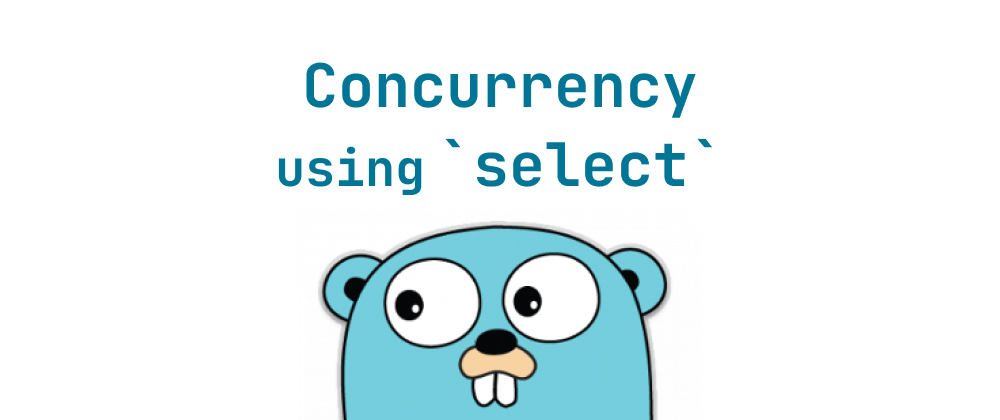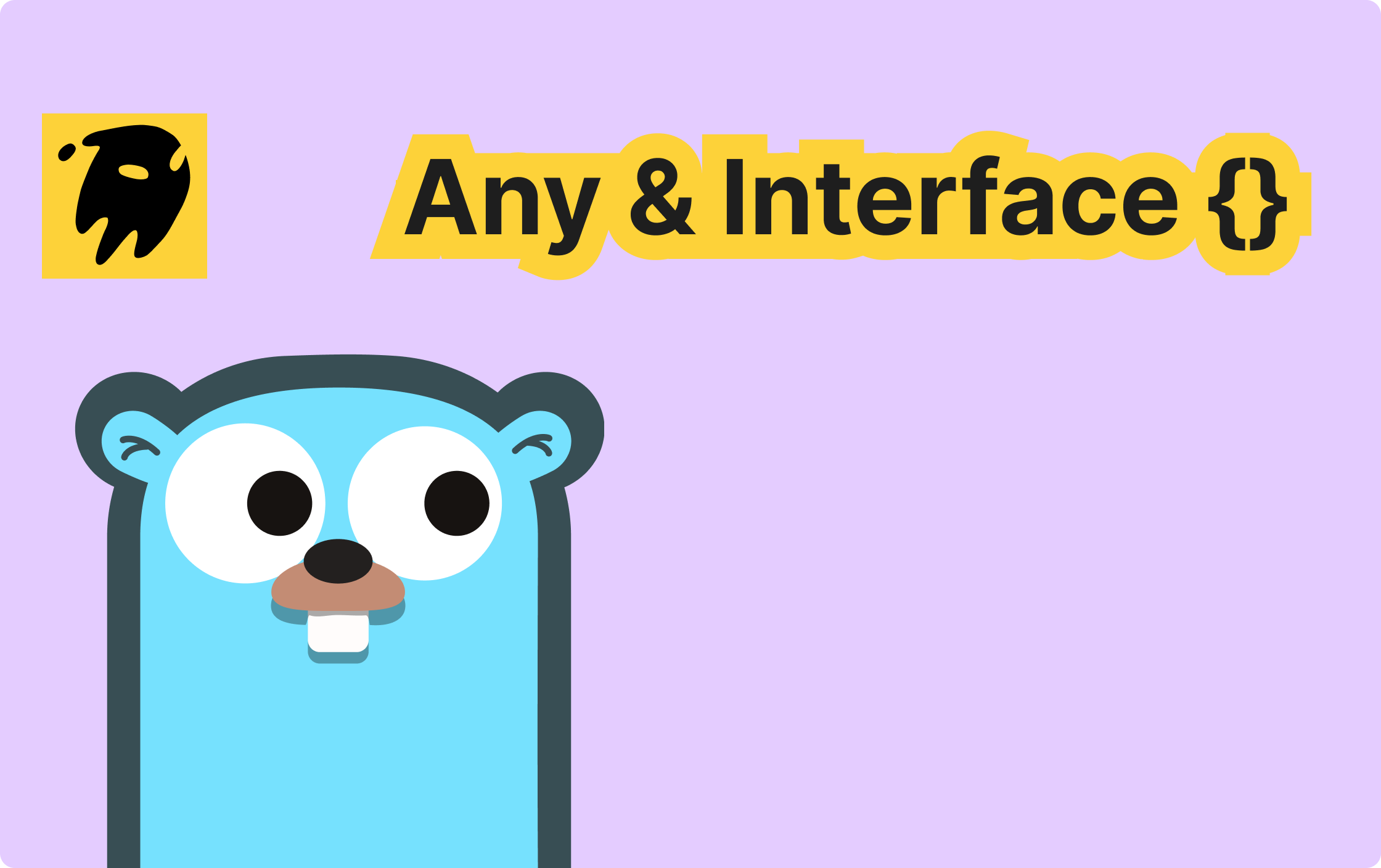Efficient Go Concurrency Using select
Min-jun Kim
Dev Intern · Leapcell

Preface
In the Go programming language, Goroutines and Channels are essential concepts in concurrent programming. They help solve various problems related to concurrency. This article focuses on select, which serves as a bridge for coordinating multiple channels.
Introduction to select
What is select
select is a control structure in Go used to choose an executable operation among multiple communication operations. It coordinates read and write operations on multiple channels, enabling non-blocking data transmission, synchronization, and control across several channels.
Why Do We Need select
The select statement in Go provides a mechanism for multiplexing channels. It allows us to wait for and handle messages on multiple channels. Compared to simply using a for loop to iterate over channels, select is a more efficient way to manage multiple channels.
Here are some common scenarios for using select:
-
Waiting for messages from multiple channels (Multiplexing) When we need to wait for messages from multiple channels,
selectmakes it convenient to wait for any of them to receive data, avoiding the need to use multiple Goroutines for synchronization and waiting. -
Timeout waiting for channel messages When we need to wait for a message from a channel within a specific time period,
selectcan be combined with thetimepackage to implement timed waiting. -
Non-blocking reads/writes on channels Reading from or writing to a channel will block if the channel has no data or space, respectively. Using
selectwith adefaultbranch allows non-blocking operations, avoiding deadlocks or infinite loops.
Therefore, the main purpose of select is to provide an efficient and easy-to-use mechanism for handling multiple channels, simplifying Goroutine synchronization and waiting, and making programs more readable, efficient, and reliable.
Basics of select
Syntax
select { case <- channel1: // channel1 is ready case data := <- channel2: // channel2 is ready, and data can be read case channel3 <- data: // channel3 is ready, and data can be written into it default: // no channel is ready }
Here, <- channel1 means reading from channel1, and data := <- channel2 means receiving data into data. channel3 <- data means writing data into channel3.
The syntax of select is similar to switch, but it is exclusively used for channel operations. In a select statement, we can define multiple case blocks, each being a channel operation for reading or writing data. If multiple cases are ready simultaneously, one will be chosen at random. If none are ready, the default branch (if present) will be executed; otherwise, the select will block until at least one case becomes ready.
Basic Usage
package main import ( "fmt" "time" ) func main() { ch1 := make(chan int) ch2 := make(chan int) go func() { time.Sleep(1 * time.Second) ch1 <- 1 }() go func() { time.Sleep(2 * time.Second) ch2 <- 2 }() for i := 0; i < 2; i++ { select { case data, ok := <-ch1: if ok { fmt.Println("Received from ch1:", data) } else { fmt.Println("Channel closed") } case data, ok := <-ch2: if ok { fmt.Println("Received from ch2:", data) } else { fmt.Println("Channel closed") } } } select { case data, ok := <-ch1: if ok { fmt.Println("Received from ch1:", data) } else { fmt.Println("Channel closed") } case data, ok := <-ch2: if ok { fmt.Println("Received from ch2:", data) } else { fmt.Println("Channel closed") } default: fmt.Println("No data received, default branch executed") } }
Execution Result
Received from ch1: 1
Received from ch2: 2
No data received, default branch executed
In the example above, two channels ch1 and ch2 are created. Separate Goroutines write to these channels after different delays. The main Goroutine listens to both channels using a select statement. When data arrives on a channel, it prints the data. Since ch1 receives data before ch2, the message "Received from ch1: 1" is printed first, followed by "Received from ch2: 2".
To demonstrate the default branch, the program includes a second select block. At this point, both ch1 and ch2 are empty, so the default branch is executed, printing "No data received, default branch executed".
Scenarios Combining select and Channels
Implementing Timeout Control
package main import ( "fmt" "time" ) func main() { ch := make(chan int) go func() { time.Sleep(3 * time.Second) ch <- 1 }() select { case data, ok := <-ch: if ok { fmt.Println("Received data:", data) } else { fmt.Println("Channel closed") } case <-time.After(2 * time.Second): fmt.Println("Timed out!") } }
Execution Result: Timed out!
In this example, the program sends data into the ch channel after 3 seconds. However, the select block sets a timeout of 2 seconds. If no data is received within that time, the timeout case is triggered.
Implementing Multi-Task Concurrent Control
package main import ( "fmt" ) func main() { ch := make(chan int) for i := 0; i < 10; i++ { go func(id int) { ch <- id }(i) } for i := 0; i < 10; i++ { select { case data, ok := <-ch: if ok { fmt.Println("Task completed:", data) } else { fmt.Println("Channel closed") } } } }
Execution Result (order may vary on each run):
Task completed: 1
Task completed: 5
Task completed: 2
Task completed: 3
Task completed: 4
Task completed: 0
Task completed: 9
Task completed: 6
Task completed: 7
Task completed: 8
In this example, 10 Goroutines are launched to execute tasks concurrently. A single channel is used to receive task completion notifications. The main function listens to this channel using select, and processes each completed task upon receipt.
Listening to Multiple Channels
package main import ( "fmt" "time" ) func main() { ch1 := make(chan int) ch2 := make(chan int) // Start Goroutine 1 to send data to ch1 go func() { for i := 0; i < 5; i++ { ch1 <- i time.Sleep(time.Second) } }() // Start Goroutine 2 to send data to ch2 go func() { for i := 5; i < 10; i++ { ch2 <- i time.Sleep(time.Second) } }() // Main Goroutine receives and prints data from ch1 and ch2 for i := 0; i < 10; i++ { select { case data := <-ch1: fmt.Println("Received from ch1:", data) case data := <-ch2: fmt.Println("Received from ch2:", data) } } fmt.Println("Done.") }
Execution Result (order may vary on each run):
Received from ch2: 5
Received from ch1: 0
Received from ch1: 1
Received from ch2: 6
Received from ch1: 2
Received from ch2: 7
Received from ch1: 3
Received from ch2: 8
Received from ch1: 4
Received from ch2: 9
Done.
In this example, select enables multiplexing of data from multiple channels. It allows the program to listen to ch1 and ch2 concurrently without needing separate Goroutines for synchronization.
Using default to Achieve Non-blocking Read and Write
import ( "fmt" "time" ) func main() { ch := make(chan int, 1) go func() { for i := 1; i <= 5; i++ { ch <- i time.Sleep(1 * time.Second) } close(ch) }() for { select { case val, ok := <-ch: if ok { fmt.Println(val) } else { ch = nil } default: fmt.Println("No value ready") time.Sleep(500 * time.Millisecond) } if ch == nil { break } } }
Execution Result (order may vary on each run):
No value ready
1
No value ready
2
No value ready
No value ready
3
No value ready
No value ready
4
No value ready
No value ready
5
No value ready
No value ready
This code uses the default branch to implement non-blocking channel reads and writes. In the select statement, if a channel is ready for reading or writing, the corresponding branch is executed. If no channels are ready, the default branch runs, avoiding blocking.
Notes on Using select
Here are some important points to keep in mind when using select:
selectstatements can only be used for communication operations, such as reading from or writing to channels; they cannot be used for ordinary computations or function calls.- A
selectstatement blocks until at least one case is ready. If multiple cases are ready, one is chosen at random. - If no cases are ready and a
defaultbranch exists, thedefaultbranch is executed immediately. - When using channels in a
select, ensure that the channels are properly initialized. - If a channel is closed, it can still be read from until it is empty. Reading from a closed channel returns the zero value of the element type and a boolean indicating the channel's closed status.
In summary, when using select, carefully consider the conditions and execution order of each case to avoid deadlocks and other issues.
We are Leapcell, your top choice for hosting Go projects.
Leapcell is the Next-Gen Serverless Platform for Web Hosting, Async Tasks, and Redis:
Multi-Language Support
- Develop with Node.js, Python, Go, or Rust.
Deploy unlimited projects for free
- pay only for usage — no requests, no charges.
Unbeatable Cost Efficiency
- Pay-as-you-go with no idle charges.
- Example: $25 supports 6.94M requests at a 60ms average response time.
Streamlined Developer Experience
- Intuitive UI for effortless setup.
- Fully automated CI/CD pipelines and GitOps integration.
- Real-time metrics and logging for actionable insights.
Effortless Scalability and High Performance
- Auto-scaling to handle high concurrency with ease.
- Zero operational overhead — just focus on building.
Explore more in the Documentation!
Follow us on X: @LeapcellHQ




